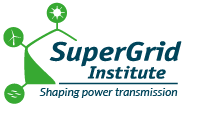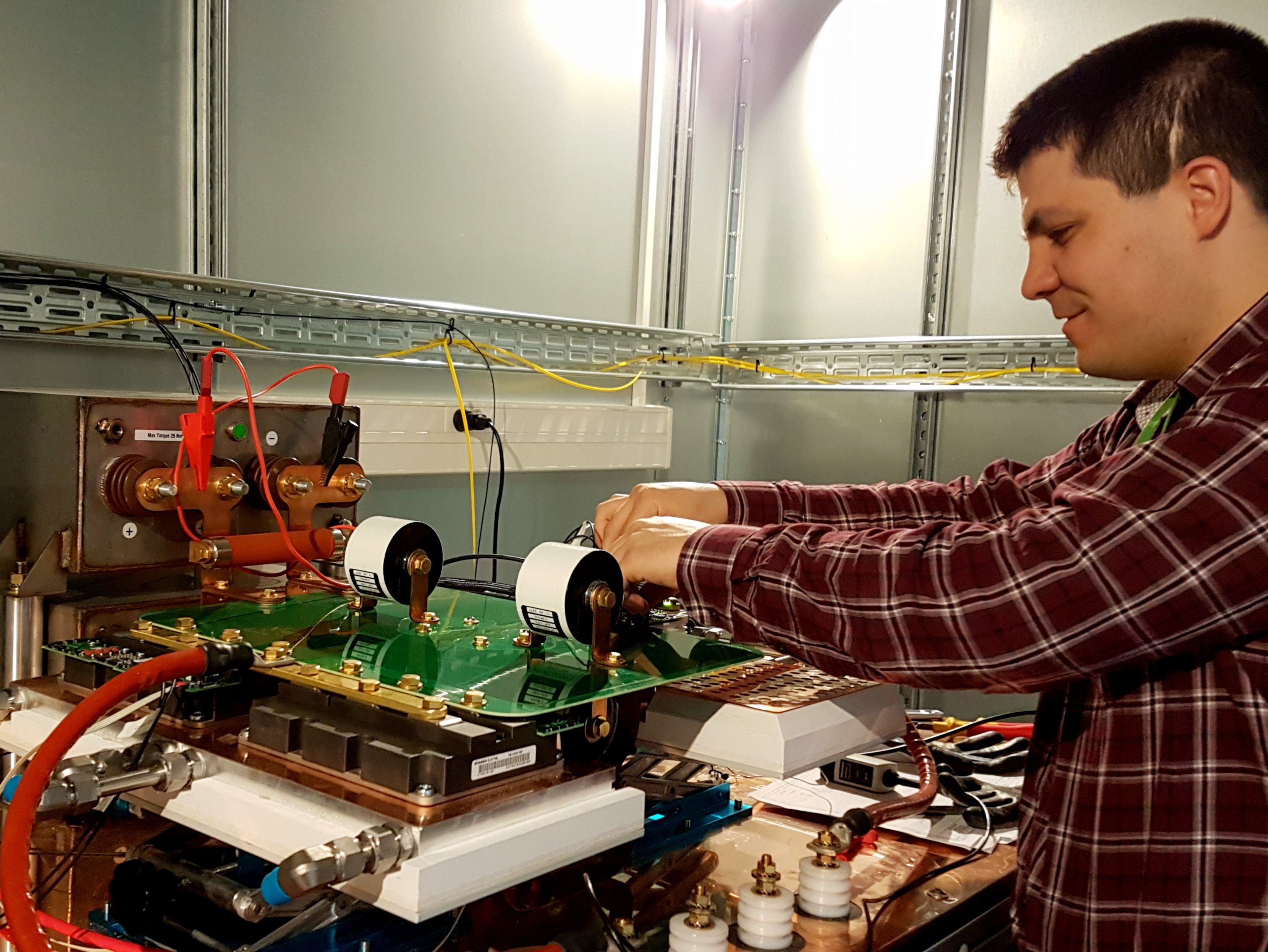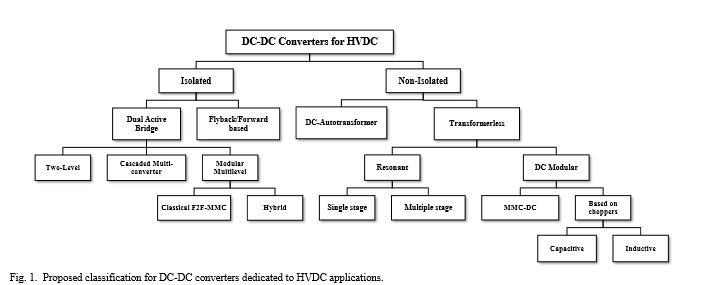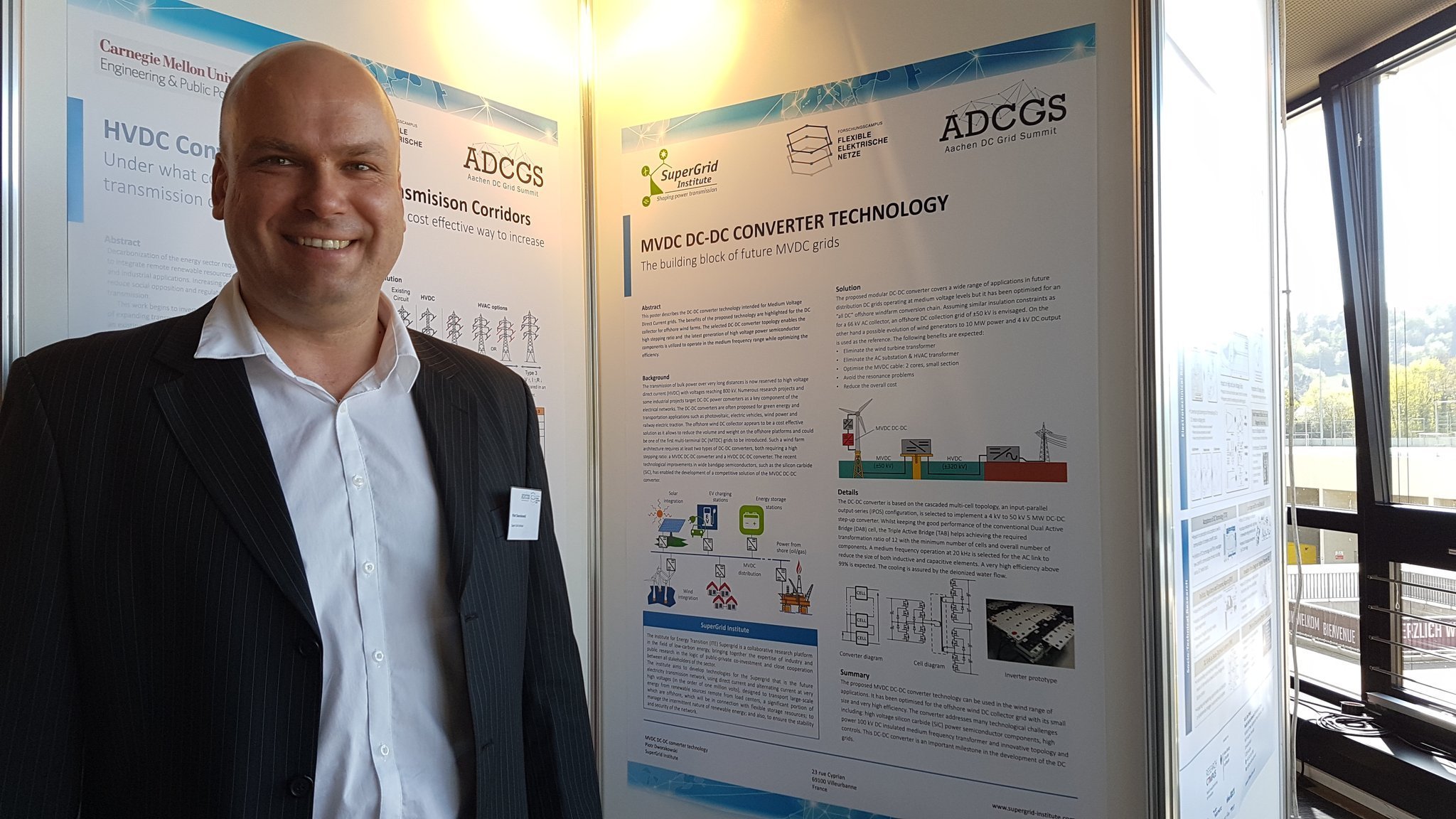A 100 kW 1.2 kV 20 kHz DC-DC converter prototype based on the Dual Active Bridge topology
This article presents the design, the fabrication, and the test of an isolated DC-DC converter for renewable energy applications. The converter is based on the Dual Active Bridge topology and uses silicon carbide power semiconductors and a medium frequency transformer. The design process covers hardware ranging from the semiconductor die to the complete power converter. For the control, a rapid prototyping approach was used. The experimental validation of the 100 kW prototype is presented.





